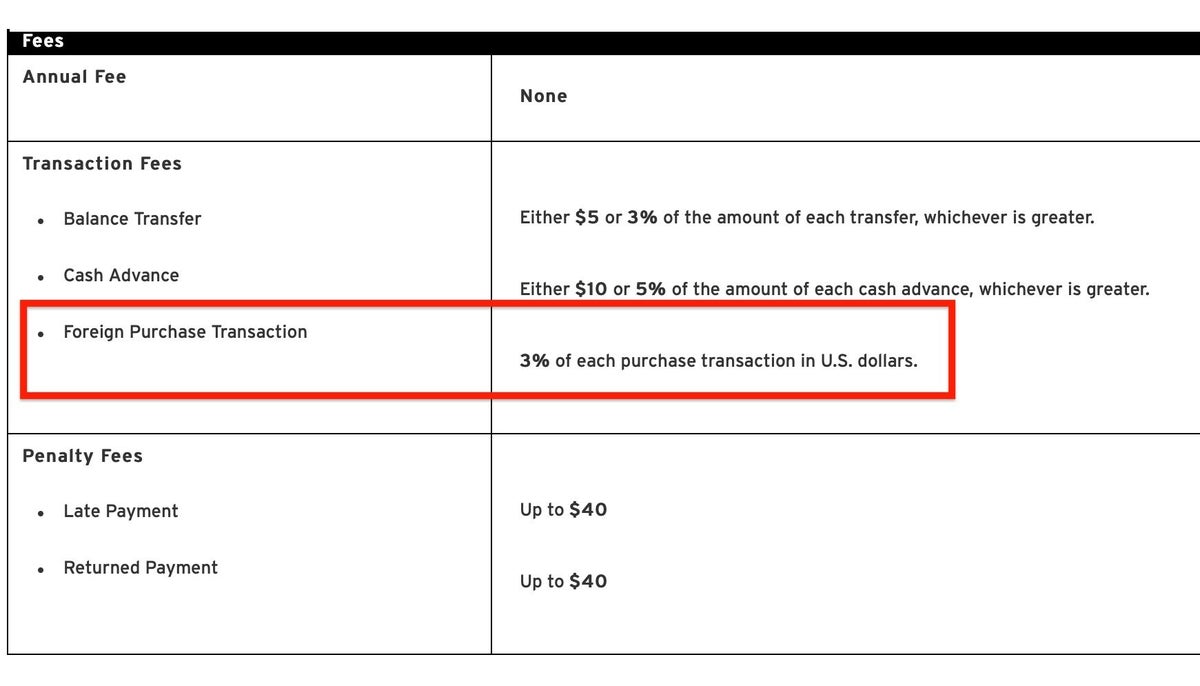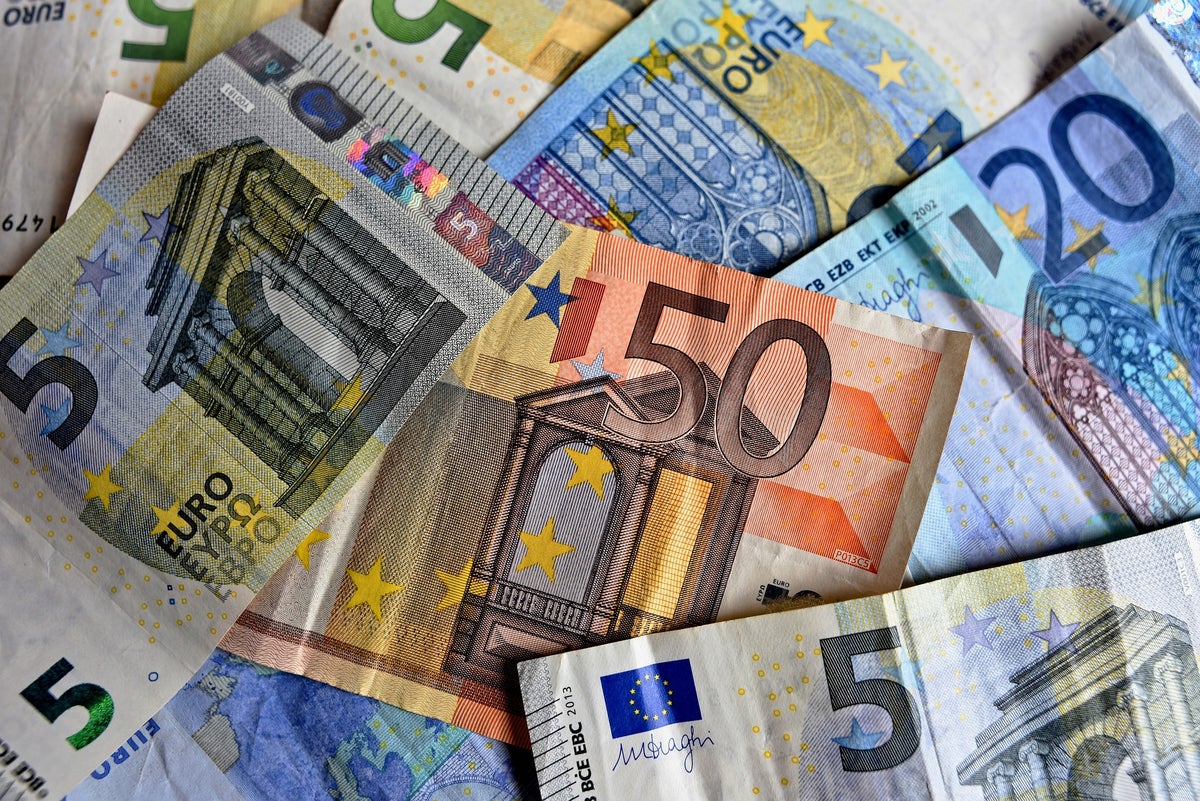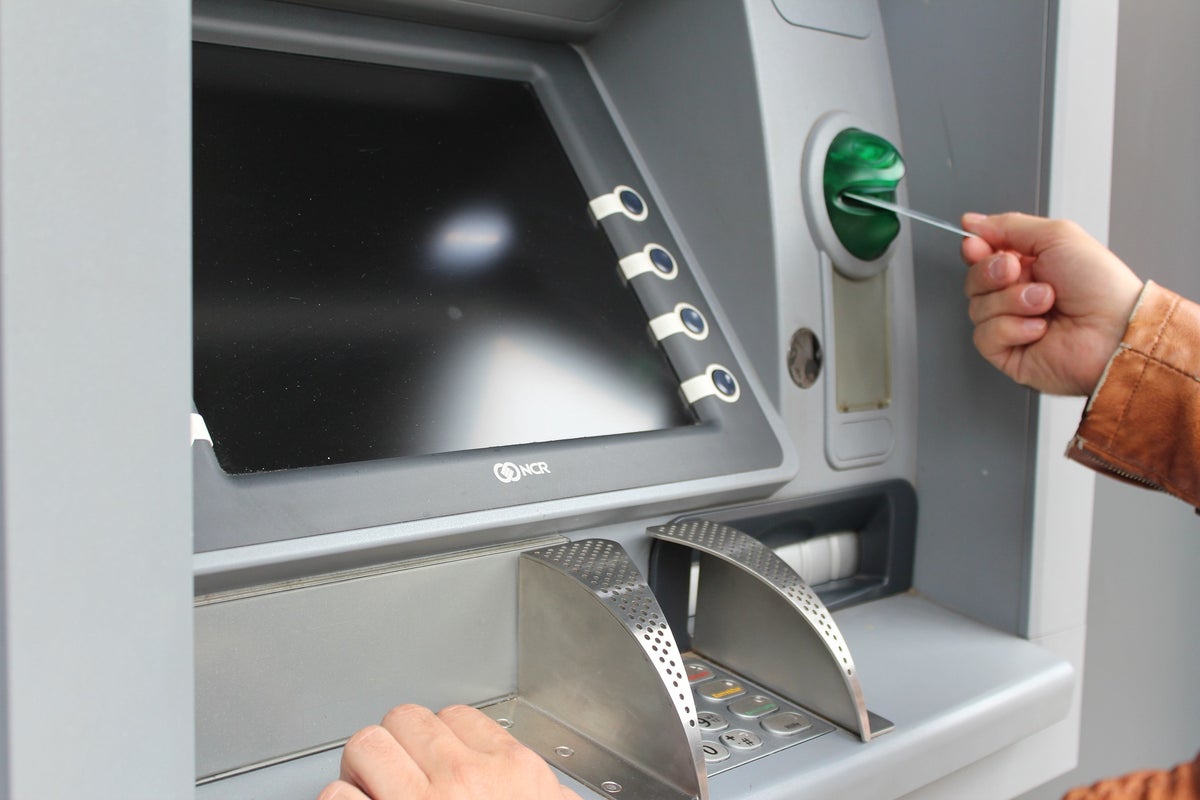Christy Rodriguez
Christy Rodriguez
Travel & Finance Content Contributor
90 Published Articles
Countries Visited: 36U.S. States Visited: 31
After having “non-rev” privileges with Southwest Airlines, Christy dove into the world of points and miles so she could continue traveling for free. Her other passion is personal finance, and is a cer...
Edited by: Keri Stooksbury
Keri Stooksbury
Editor-in-Chief
73 Published Articles 3699 Edited Articles
Countries Visited: 54U.S. States Visited: 28
Editing with Upgraded Points for over 6 years, as editor-in-chief, Keri manages the editorial calendar and oversees the efforts of the editing team and over 20 content contributors, reviewing thousand...
![Guide to Credit Card Foreign Transaction & Currency Conversion Fees [2025]](https://upgradedpoints.com/wp-content/uploads/2021/03/International-Travel-Foreign-Exchange-Fees.jpg?auto=webp&disable=upscale&width=1200)



![CareCredit® Credit Card — Review [2024]](https://upgradedpoints.com/wp-content/uploads/2020/05/Synchrony-CareCredit-Card.png?auto=webp&disable=upscale&width=1200)
![The 12 Best No Foreign Transaction Fee Credit Cards for Travelers [2025]](https://upgradedpoints.com/wp-content/uploads/2022/11/Credit-Cards-in-Wallet-Suitcase-Upgraded-Points-LLC.jpg?auto=webp&disable=upscale&width=1200)
![The World of Hyatt Credit Card – Full Review [2025]](https://upgradedpoints.com/wp-content/uploads/2018/03/World-of-Hyatt-Credit-Card.png?auto=webp&disable=upscale&width=1200)
![The JetBlue Card — Full Review [2025]](https://upgradedpoints.com/wp-content/uploads/2018/02/JetBlue-Card.png?auto=webp&disable=upscale&width=1200)